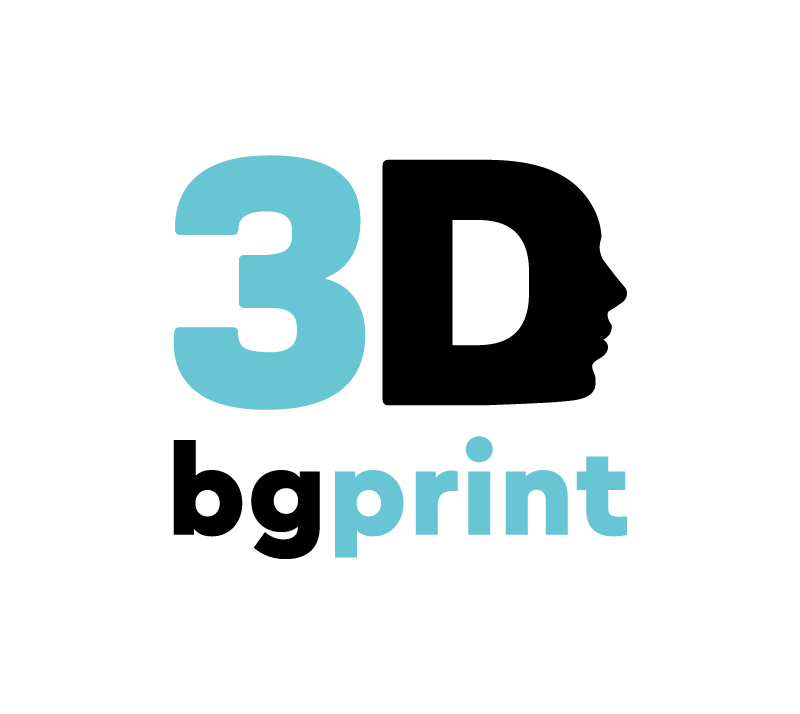Your cart is currently empty!
UK engineering firm KW Special Projects (KWSP) has used 3D scanning and additive manufacturing to restore an Alfa Romeo Tipo 33/3, a racecar built in the late 1960s to compete in the World Sportscar Championships. The rare Alfa is owned by Martin Stretton Racing, a UK car restoration specialist.
Alfa Romeo Tipo 33/3 is a racecar built in the late 1960s which packed a 400 hp 2998 cc V8 engine.
For the engineering specialists at KWSP, however, restoration of one of the vintage Italian racers was achieved in lightning-fast time thanks to 3D scanning and 3D printing technology.
The Alfa Romeo Tipo 33/3 made its racing debut in 1969 at the 12 Hours of Sebring in Florida. Despite performing badly in that race, the car eventually found success in the 1971 with Rolf Stommelen and Nanni Galli winning their class at Sebring and the 1000km Buenos Aires. Before that, the car even featured in Le Mans, a 1971 racing movie starring Steve McQueen. Few 33/3s now remain, but one survivor is owned by British vintage car restoration specialist Martin Stretton Racing.
Badly damaged parts had kept Stretton’s Tipo off the racing circuit for several seasons, but engineering business KWSP has used 3D scanning and 3D printing to get the iconic vehicle back in action.
By 3D scanning the car’s original engine and hood, and using 3D printed prototypes, KWSP engineers accurately reconstructed the damaged parts at a reasonable cost.
The Tipo’s bonnet and engine, which were originally cast in lightweight magnesium alloy, were badly damaged with cracks and a number of unsightly welds. The only option for KWSP was to reverse engineer the part, as well as the original water pump and housing, by placing it under a 3D scanner.
The intelligent use of CAD data has allowed the scanned part to be used as a reference to recreate the components in their appropriate form.
After the engine cover was successfully recreated using CAD software, KWSP used a 3D printer to create a PC-ABS prototype of the new part.
Although the original engine cover was made of magnesium alloy, KWSP manufactures the replacement part from aluminum to ensure corrosion resistance.
What’s more, maintaining the digital CAD file will conveniently allow the company to restore the car and create an unlimited number of new copies. The entire process has shown that 3D scanning technology can be a viable and cost-effective solution in various areas of the automotive sector.
Source: http://www.3ders.org/

